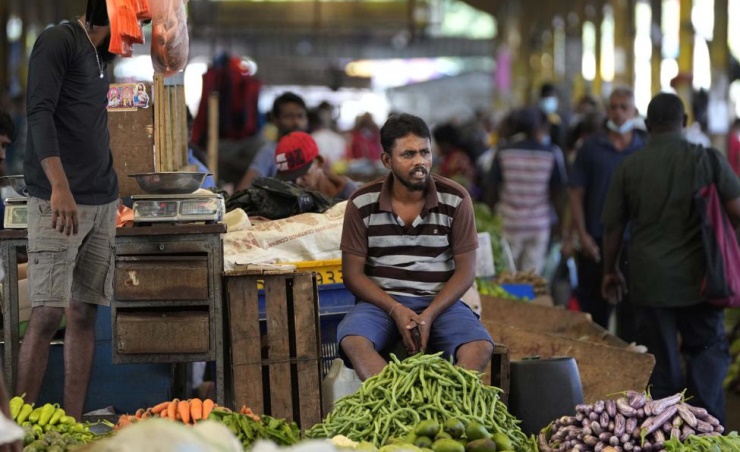
In order to get through its worst crisis in recent memory, Sri Lanka desperately needs assistance.
Its schools are closed for lack of fuel to get kids and teachers to classrooms. Its effort to arrange a bailout from the International Monetary Fund (IMF) has been hindered by the severity of its financial crisis, The AP reported.
The war in Russia-Ukraine has caused prices for food, petrol, and other necessities to surge, so it’s not the only economy that is in dire straits. Many economies around the world, from Laos and Pakistan to Venezuela and Guinea, are experiencing warning signs.
Some 1.6 billion people in 94 countries face at least one dimension of the crisis in food, energy and financial systems, and about 1.2 billion of them live in “perfect-storm” countries, severely vulnerable to a cost-of-living crisis plus other longer-term strains, according to a report last month by the Global Crisis Response Group of the United Nations Secretary-General.
The exact causes for their woes vary, but all share rising risks from surging costs for food and fuel, driven higher by the war, which hit just as disruptions to tourism and other business activity from the coronavirus pandemic were fading. As a result, the World Bank estimates that per capita incomes in developing economies will be 5% below pre-pandemic levels this year.
The economic strains are fueling protests in many countries, as meanwhile, short-term, higher interest borrowing to help finance pandemic relief packages has heaped more debt on countries already struggling to meet repayment obligations. More than half of the world’s poorest countries are in debt distress or at high risk of it, according to the UN.
Some of the worst crises are in countries already devastated by corruption, civil war, coups or other calamities. They muddle along, but with an undue burden of suffering.












